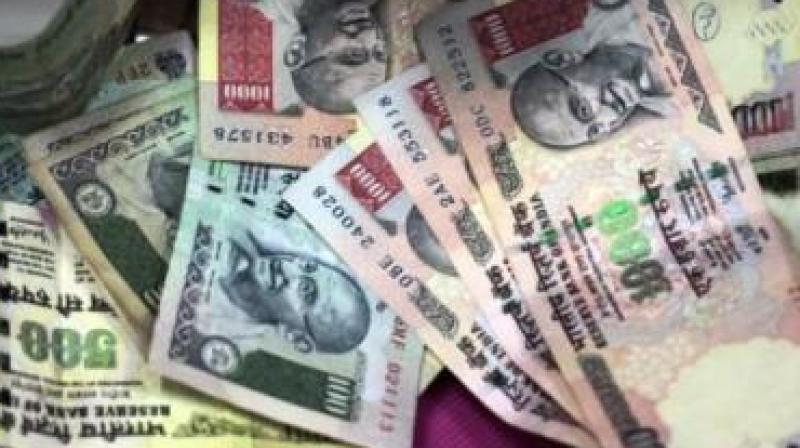Kerala: Note ban devoured poor, spared rich

Thiruvananthapuram: If at all proof was needed that demonetisation had leached petty trade and agriculture and generally left the upwardly mobile off the hook, here are some. Rate of VAT growth dropped to near zero, revenue from land registration went to ‘deepwater’ levels, the fall in revenues from lotteries was even worse, even excise recorded below zero growth. But as revenues crumbled all around like it was the end of the world, there was a massive spurt in growth in two areas driven by the spending power of the fat-pursed: motor vehicle tax and sales tax from petroleum products.
VAT growth is a measure of the state’s demand. “A considerable drop in VAT collection (from 17 percent in October, just before the note withdrawal, to 4 percent last January) means that consumption in semi-urban and rural areas has been seriously affected, which translates into poor business for petty traders and farmers,” a top Finance Department source said. “What's more, the consumption of the middle and upper class had picked up by December as they were online savvy. Therefore, the fall in VAT reflects the demand shock among the poor,” the official said. Even the four percent growth in VAT was the result of higher collection in the richer Ernakulam and Kottayam districts alone. Most other districts showed a negative trend.
The alarming fall in lottery income, by minus 31 percent, again reflects the consumption freeze among the lower strata of the society. According to the ballpark estimates of Lotteries Department, nearly 80 percent of lottery tickets are purchased by people from the low-income bracket. “The fall in excise revenue is also indication that bars and distilleries were virtually short of business after demonetisation,” a top Finance Department official said. But amid the gloom, growth in car sales remained steady. It grew by 18 percent even after demonetisation. “The consistent growth in motor vehicle sales indicates that the spending capabilities of the moneyed class are left untouched,” economist J Balakrishnan said.
VAT growth might have fallen but non-VAT tax growth, mostly sales tax from petroleum products, showed a huge increase. “Post-demonetisation, the volume of fuel intake increased as people paid in round numbers,” Mr Balakrishnan said. “Those who normally filled Rs 700 or Rs 800 worth of fuel during a single bunk visit began to ask for Rs 1000,” he added. Nonetheless, the rich too had their problems. They were unable to indulge freely in land transactions, causing revenue from registration to fall to nearly minus 13 percent post demonetisation.

